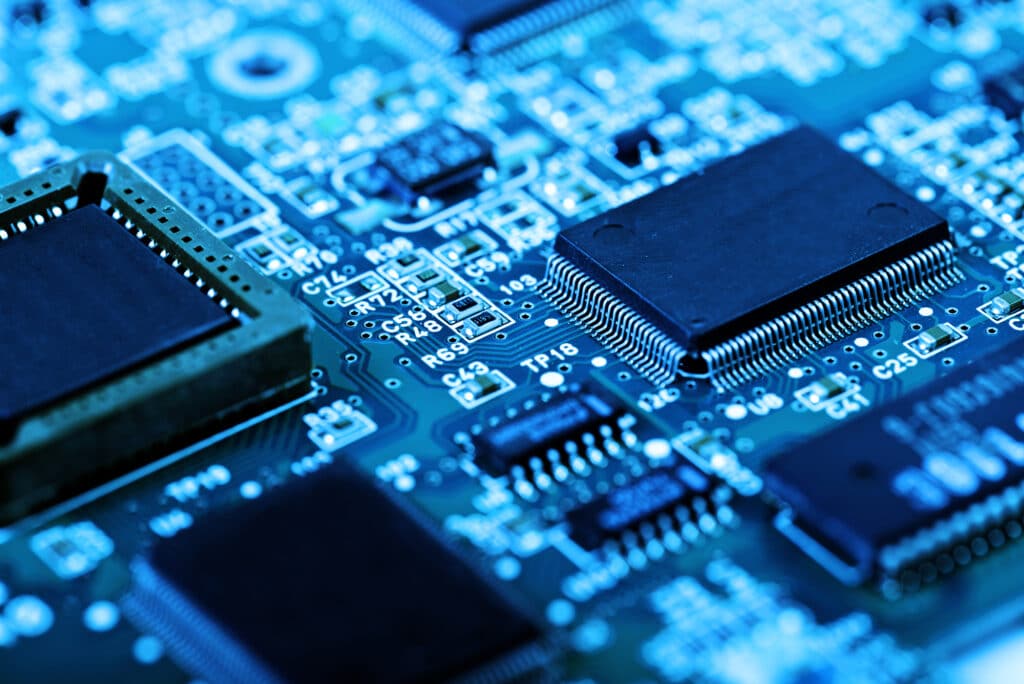-
June 14, 2023
E-Waste Disposal and Data Security: How to Safeguard Sensitive Information

E-Waste Disposal and Data Security: How to Safeguard Sensitive Information
There were over 16 billion mobile phones in use worldwide, and 5.3 billion of those were predicted to end up as e-waste. They are the fourth most typical kind of e-waste that is abandoned in a drawer, closet, or storage space. More worrisome is the fact that some end up in the garbage, where the metals can corrode the soil and the batteries can catch fire.
Only a few of the technologies utilized in a business—computers, networking gear, printers, copiers, scanners, and tablets—can store sensitive data. Even if you return a device to its factory default settings, this just deletes the access point to the information. The data on such gadget could be retrieved by someone with sufficient knowledge.
You have a duty as a business owner to safeguard the information of your shareholders, customers, and employees. If you don’t, it could cost you a lot of money. Data security is a concern that shouldn’t just be given attention when using a gadget; proper e-waste management is crucial.
Many businesses are required under the “Disposal Rule” to ensure that personally identifiable information (PII) is correctly deleted from hard drives and other digital devices and that paper is shredded. The following groups or companies must all abide by the following rule:
- Attorneys
- Automobile dealers
- Customer reporting agencies
- Collectors of debt
- Employers
- Financial institutions, such as banks, credit unions, lenders, and mortgage brokers
- Government institutions
- Insurers
- Landlords
- Private detectives
There are additional privacy regulations that must be followed by financial institutions and healthcare organizations. HIPAA and the Gramm-Leach-Bliley Safeguard Rule are two examples of this. The maximum fine for breaking the Disposal Rule is $3,500.
HIPAA infractions have considerably higher first penalty, which can reach $50,000 per violation. Under HIPAA, willful neglect is punishable by up to a $250,000 annual penalties.
Erasing, wiping, and degaussing are all methods of data destruction, however e-waste shredding is the most efficient. It is the option that the NIST 800-88 Guidelines advise, “Clear, Purge, Destroy.”
Shredding electronics is similar to a large-scale paper shredder that can also be used to crush devices into tiny pieces. Components made of glass, plastic, and metal are separated before being stacked on pallets for processing. Here are a few applications for shredded computers.
- Aluminum is used to make cans of food and beverages as well as aluminum foil.
- Copper is used to make jewelry, copper wiring, and plumbing.
- Crushed glass, ceramic tiles (leaded/CRT), or brand-new sheets of glass (non-leaded) can all be combined with asphalt to make roads.
- Plastic can be ground and combined with asphalt.
- Steel is used to create building beams and vehicle metal framing.
If the destruction specialist you select is NAID-certified, you’ll receive a certificate of destruction demonstrating data deletion procedures were followed.
Request an estimate on our website or by calling 860-627-5800 to learn more. Our experts will ask you a few questions to better understand your requirements, after which they will tell you exactly what to expect from start to finish, including the cost.
Popular Posts
Helpful Resources
Interested in Shred Events?
Come be a part of one of Infoshred’s upcoming Shred Events! We provide a safe, eco-friendly way to dispose of your confidential paper documents. With easy-to-reach locations and convenient dates, we’re here to help you safeguard your information while giving back to local causes.



